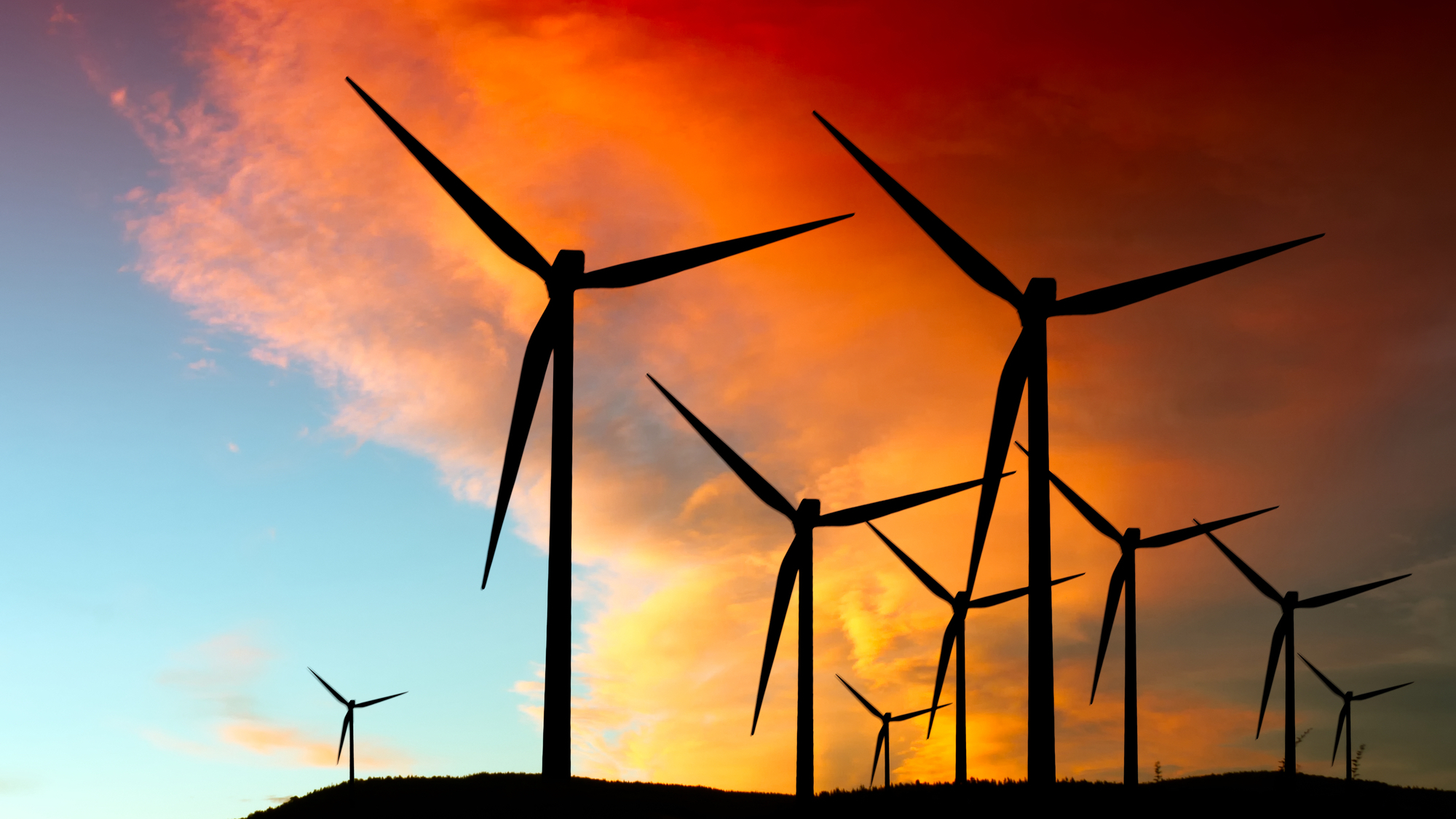

Wind turbines are integral to our renewable energy future, but they come with a fatal flaw—their massive turbine blades are often relegated to landfills at the end of their lifespans. There, they remain indefinitely. It’s an unfortunately dire scalability conundrum that requires a remedy sooner than later, but one potential solution not only could provide the industry a way forward—it could take care of the existing backlog of trash.
The world’s largest manufacturer of turbines, Vestas Wind Systems A/S, announced on Tuesday its development of a new chemical solution that can break down turbine blades’ epoxy resin into recyclable material. “Going forward, we can now view old epoxy-based blades as a source of raw material,” Lisa Ekstrand, Vestas Vice President and Head of Sustainability, said in a statement. Ekstrand added that once the new tech is scaled, all existing and future blade materials can be disassembled and re-used. “This signals a new era for the wind industry, and accelerates our journey towards achieving circularity,” she said.
[Related: A wind turbine just smashed a global energy record—and it’s recyclable.]
Turbine epoxy resins’ resilient chemical properties have long made them extremely difficult to recycle, a fact that looms large over the wind energy sector. Vestas’ statement explains that many mature markets’ first turbines are reaching their lifespans’ end. Industry analyst Wind Europe recently estimated that by 2025, around 25,000 tonnes of blades will be retired annually.
The implementation of the company’s new chemical solution, however, could theoretically overcome the problem entirely while simultaneously taking care of landfill backlogs. According to Mie Elholm Birkbak, Specialist, Innovation & Concepts at Vestas, the novel chemical process relies on already widely available ingredients, and thus can be easily deployed and scaled as needed. What’s more, the solution could be soon applied to all epoxy-based composite materials across a vast number of industries beyond just wind energy.
Vestas’ breakthrough was developed in collaboration with Aarhus University, the Danish Technological Institute, alongside a coalition of industry and academia working towards circular technology for turbine blades.
